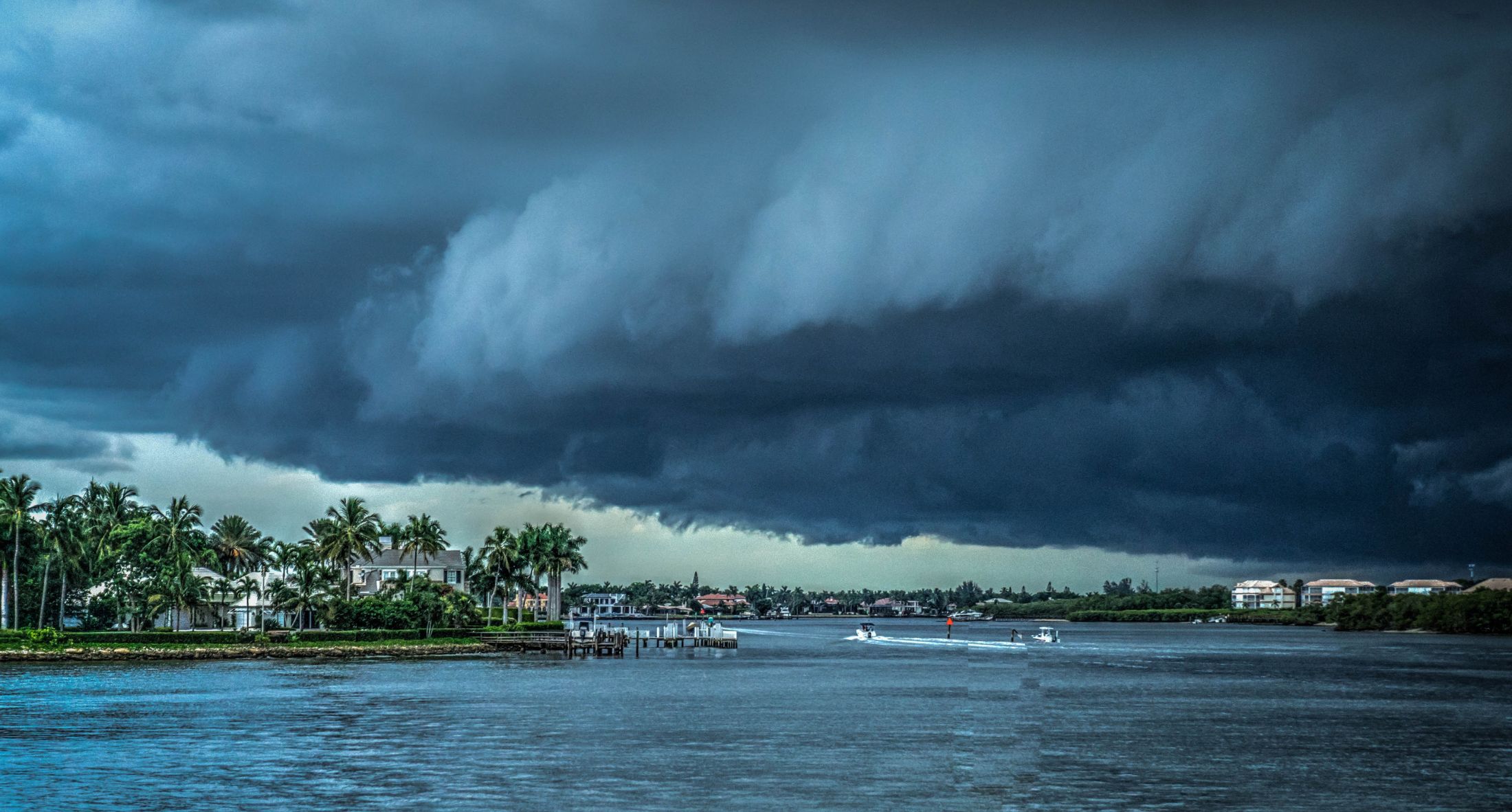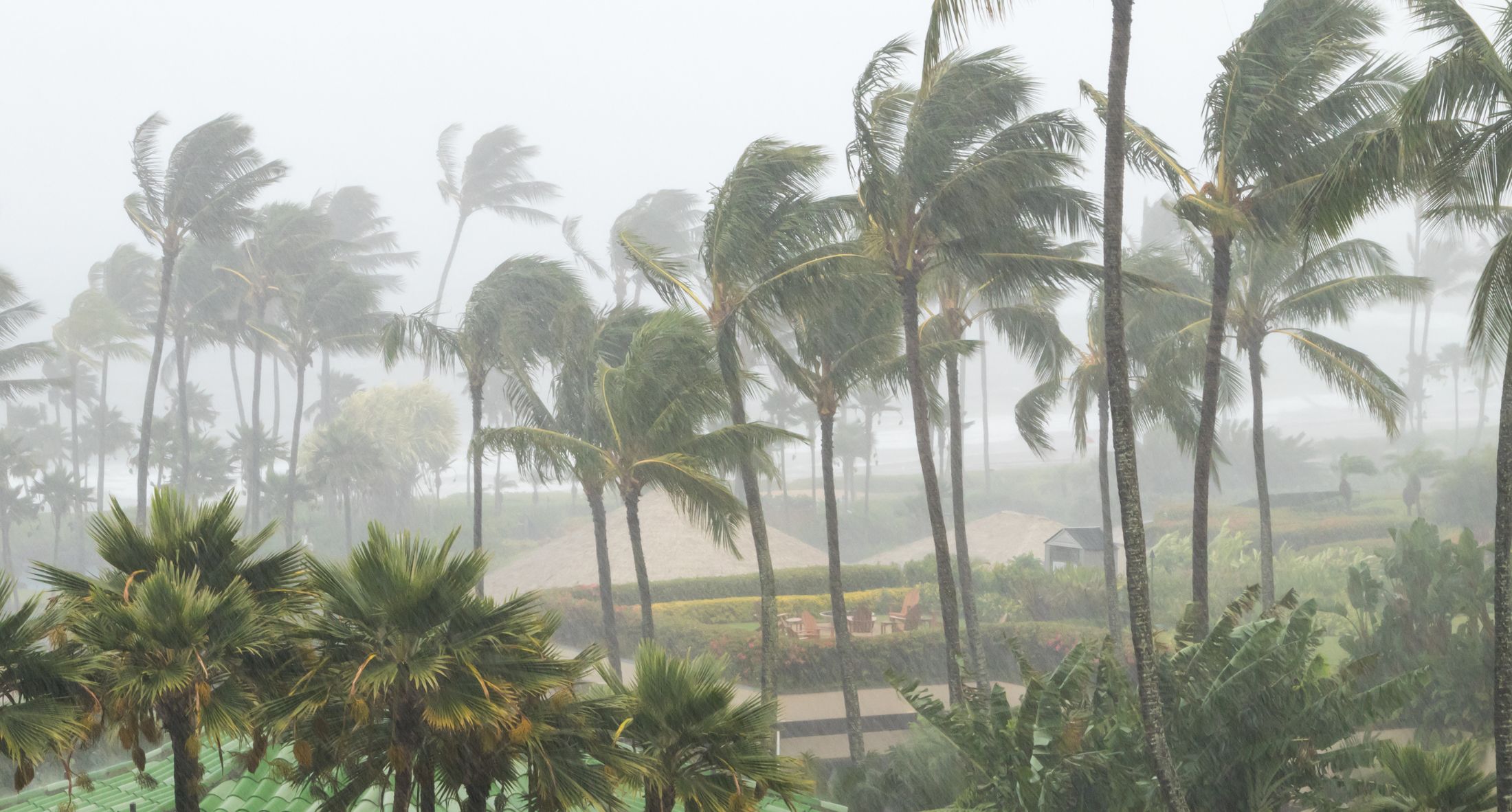Brace yourselves! Joining forces in this crucial endeavor, the USDA Forest Service poses a vital question: Is your storm preparation truly enough?
While the conventional hurricane season spans from June 1 to November 30, it’s high time to formulate a comprehensive plan for those residing and working in hurricane-prone areas. Yet, even for those residing outside these zones, it is an important reminder that natural and man-made hazards can strike unexpectedly. Preparedness, in all its glory, becomes paramount.
To embark on this journey of readiness, begin by acquainting yourself with the potential disasters that could befall your area. Pledge to craft an emergency plan for yourself, your family, and your friends. Familiarize yourself with the state and local emergency management agencies that exist within your vicinity. The resources we provide below are applicable to various types of natural disasters, ensuring your preparedness in any scenario.
Take a glance at a selection of resources to fortify yourself during this year’s Hurricane Preparedness Week:

Know Your Risk: Hurricanes transcend coastal boundaries. Devastating consequences can reverberate hundreds of miles inland, irrespective of the storm’s intensity.
-
Identify your threats: Be aware of storm surges, heavy rain-induced flooding, strong winds, tornadoes, and rip currents.
-
Determine if you reside in a flood-prone area.
-
Ascertain if you live within an evacuation zone.
-
Recognize your home’s structural vulnerabilities, with mobile homes and basements often being at higher risk.
-
Proactively procure your disaster supplies to avoid hasty, life-saving preparations just moments before the storm strikes. Remember, supplies may become scarce during those critical hours. Additionally, initiate an early review of your insurance coverage, as flood insurance necessitates a 30-day waiting period.
Forge an Evacuation Plan:
-
Strategize your evacuation plan, considering multiple contingencies.
-
Compile essential disaster supplies, such as food, water, batteries, chargers, radios, and cash.
-
Conduct an insurance checkup and meticulously document your possessions.
-
Create a communication plan, including a handwritten list of emergency contacts.
-
Bolster your home’s resilience to withstand the tempestuous forces of nature.
Comprehend Forecast Information:
-
Grasp the nuances of forecast information before a storm. This wealth of knowledge provides critical insights into the storm’s trajectory, expected rainfall amounts, wind speeds, and more. Above all, it equips you and your loved ones with clear instructions on preparing, monitoring, seeking shelter, or evacuating. For comprehensive information, visit www.hurricanes.gov.

Rely on Reliable Sources:
-
Leverage forecasts from the esteemed National Hurricane Center and your local National Weather Service office.
-
Familiarize yourself with various alerts and discern the distinction between a Watch and a Warning.
-
Prioritize potential impacts, regardless of the storm’s size or category.
-
Acknowledge that lethal hazards extend well beyond the confines of the Forecast Cone.
Know What to Do During the Storm:
-
Whether you evacuate or choose to weather the storm in the safety of your home, be fully aware of the perils that lie ahead.
-
Stay vigilant, stay informed by staying abreast of the latest forecasts and alerts, and heed the advice of local officials.
-
Safeguard your abode by securing windows
Be sure to schedule time for discussing your home’s flood insurance with your trusted insurance agents at Pineapple Insurance to ensure proper storm preparation ahead of the hurricane season. This will help you be fully prepared for whatever storm-related challenges may come your way.


 Facebook
Facebook
 X
X
 Pinterest
Pinterest
 Copy Link
Copy Link


